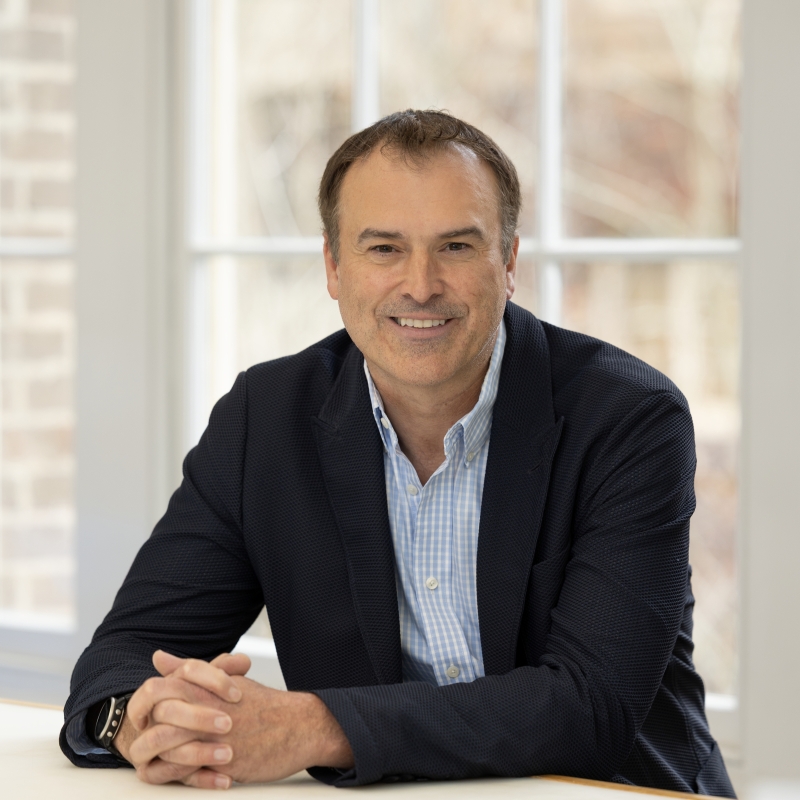We are now in the final quarter of 2025, with both agencies and clients hopeful of boosting spending and PR growth to shake off a sluggish 2024 and 2025.
A recent LinkedIn post raised the issue of PR client-agency relationships. A perennial topic of discussion, professionals have increasingly started voicing their challenges on social media.
The latest round of discussions focused on who owns the strategy for a comms campaign, the agency or the client. The answer should be simple enough. If you can't own the strategy, implementing briefs that you are not committed to is bound to eventually break up the business relationship.
A senior corporate communications leader shared that from the point of view of brands, they face a different set of issues, the biggest one is, "The agency C-suite will come in at the time of pitching and closing. And then the younger, less-experienced team takes over for servicing the account. It's better to be transparent at every stage of the deliverables with the client."
"I want the Rolls Royce, but I’m paying for a bicycle!"
Aman Dhall, founder, CommsCredible, says, "What usually derails campaigns is the 'I want the Rolls-Royce, but I’m paying for a bicycle' mindset. Clients seek C-suite thinking, creative firepower, and flawless execution — yet micromanage strategy and tighten budgets. Agencies, caught in between, can’t bring their best people or boldest ideas to the table."
Aman points out that, "The result? Frustration on both sides and watered-down outcomes. PR isn’t broken. The value perception and engagement models are. The sooner firms fix that, the stronger this industry will become."
So many PR services, so little money
Pradeep Wadhwa, founder, Kritical Edge Consulting Pvt Ltd, is someone who has seen both sides of the equation with leading comms roles at firms such as PepsiCo and Renew Power.
Pradeep agrees that the biggest challenge facing PR firms is undercutting. A firm may offer the same work at a much lower price. Understandably, then, the quality of the team working on that account will accordingly get downgraded.
Pradeep also shares that, additionally, the services that PR is expected to deliver with digital PR, influencer management, and paid media have gone up exponentially. That presents the dual challenge of pressure on costs and somehow procuring the talent to deliver.
Undercutting is a race to the bottom
In a recent interview with PRmoment India, Havas PR's global CEO James Wright said, "I've seen this in Singapore, where there's a race to the bottom at the moment in terms of retainers, just being cut. And it has really destroyed the market, and it's a race to the bottom. You've got to have more value in yourself in terms of the strategic and technical capability you bring to a client.
The client also has a role in this, in terms of paying for quality work. The reality is, someone's always there to undercut you. But, where does the industry body sit on this? What role are they playing in terms of actually trying to manage it? Because otherwise you could just have your independent, three- or four-person PR shops, it's gonna be the Wild West."
Aman agrees, saying, " I've said this before and I’ll repeat it — PR will become expensive in the future. There will be aggregation, diversification of setups. Only a few pure play PR firms will survive; only the best will grow.
The media is increasingly becoming paid, and the definition of PR will go far beyond exposure, impact, and amplification. It’s time the industry body, like PRCAI, steps in to set minimum standard retainers, so the age-old tussle between retainer vs. deliverables finds some resolution."
Would you walk away from clients who don't pay enough or don't involve you in strategy?
Aman says, "You never really know until you sign them up. But we don’t compromise on retainers — they’re the minimum commitment to make the relationship work."
He adds, "Only in-house teams working closely with founders can truly understand and curate campaign objectives. That’s where ownership must be clearly divided — between what the company drives and what its consulting partner delivers. Because strong KPIs lead to strong results, and clear ownership leads to accountability."
On a wry note, Aman concludes, saying, "Most partnerships here aren’t love marriages. They start as arranged ones and grow into love over time. And just like in real life, love marriages are seeing rising divorce rates these days."
If you enjoyed this article, you can subscribe for free to our weekly event and subscriber alerts.
We have four email alerts in total - covering ESG, PR news, events and awards. Enter your email address below to find out more:






